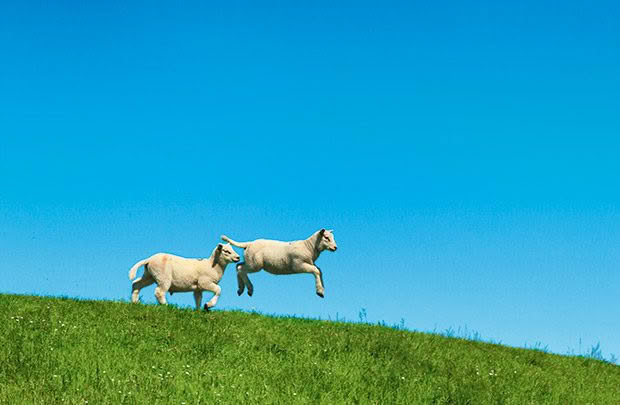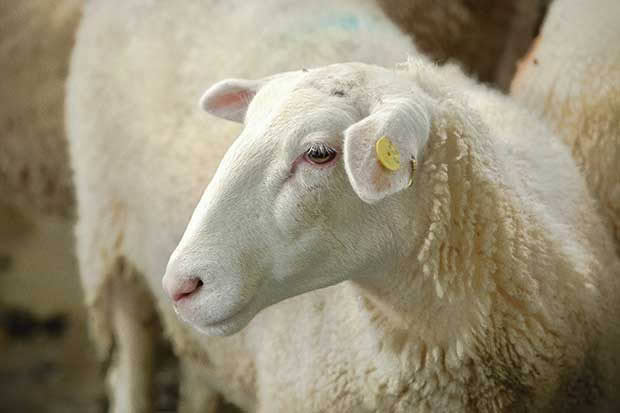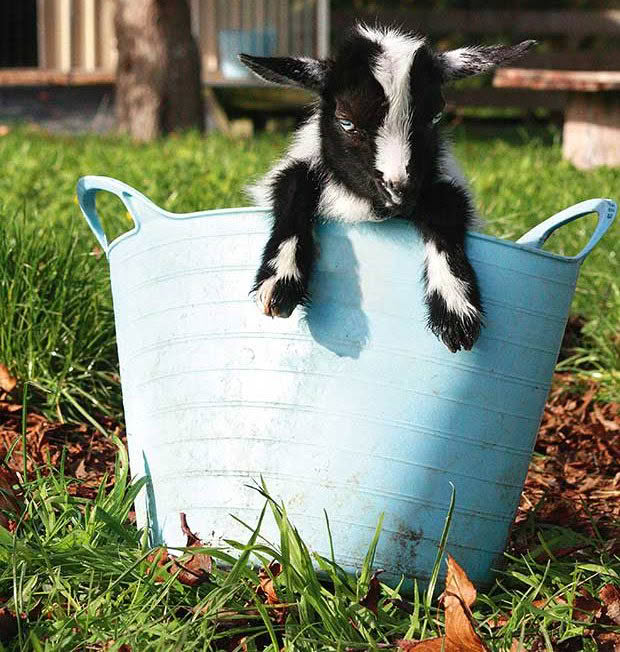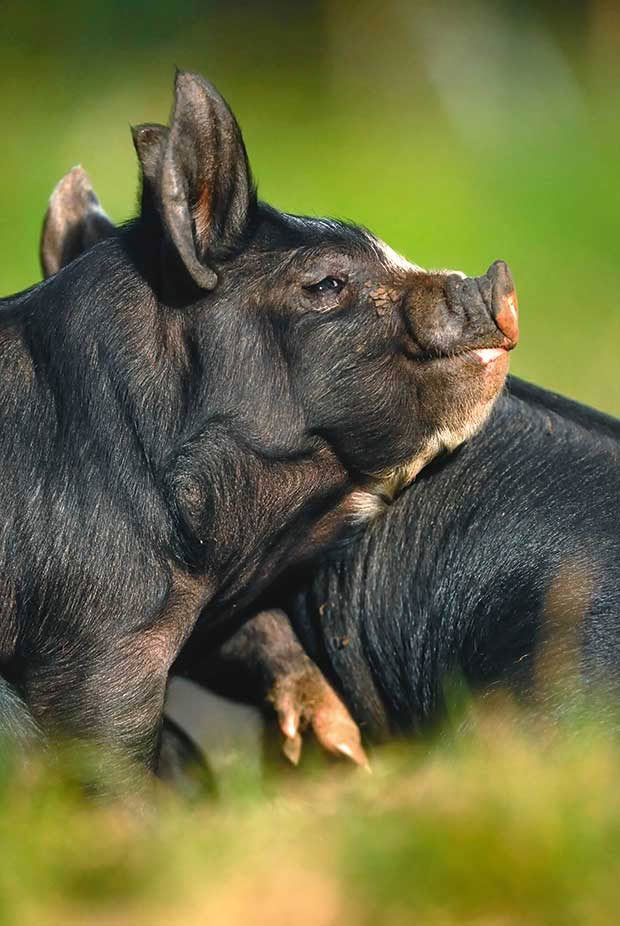16+ farm tasks to tick off this summer (PLUS how to avoid ‘ill thrift’)

Some tasks are non-negotiable as temperatures begin to soar.
Words: Nadene Hall
CATTLE
• Do faecal egg count tests on your cattle, especially this year’s calves. They’ll still be building immunity to parasites, a common cause of low growth rates.
• If your paddocks don’t have natural shade, provide some. Given a choice, cattle will always head for shady areas on hot days. Research by dairy scientists has shown increased production in lactating cows which have shade over those which don’t.
SHEEP

• It’s prime flystrike time. Check sheep morning and evening. The first sign will be a change in an animal’s behaviour, separating itself from the flock, seeking shade, stamping its feet, looking restless, and biting itself. Sometimes you’ll see what looks like a damp patch, usually on its rump, head or ears. Have the correct treatments on hand, and use a preventative product which will offer some protection for 2-3 months.
• Sheep should be shorn now. Cut away dags around the rump so it’s clean for your shearer. Note: this is no guarantee of a sheep remaining flystrike-free; the Australia green blowfly will strike whether it’s clean or dirty.
• If fly numbers are high, try moving stock into a paddock that is more exposed (flies don’t like the wind), and using fly traps on trees. If you don’t have a fly problem, don’t hang up a trap – you can create a fly problem that wasn’t there before.
• Limping animals need to be checked for stones/debris caught in the cleft of the hoof, scald (irritated skin between the hooves), or footrot (smelly ooze in the hoof wall). For scald, soak the hoof in water with a 10% zinc sulphate solution (keep adding zinc until no more dissolves); for footrot, trim back the affected area of hoof with clippers, wash, then soak in zinc sulphate. For bad infections, you may require an antibiotic spray. If the joint above the hoof is very hot, your animal may have a foot abscess. In both cases, talk to your vet.
GOATS

• Goats need shade, especially if they have pink skin. Protect exposed skin (usually on the nose) using an animal sunblock.
• Always have fresh, clean water available at all times – it’s a complete myth that they don’t require a water supply.
• Check as for sheep if a goat is limping.
PIGS

• Pigs can’t sweat, so hot days are especially hard. They need to rest in cool, shady, well-ventilated areas.
• Set up a pool or mud pit (or preferably both!) to help them regulate their temperature. Make sure the pigs can get in and out easily.
• Pink-skinned pigs will find it especially hard going – check for signs of sunburn and other skin issues.
• If a pig is scratching and has bare or raw patches of skin, it probably has lice or mites. Talk to your vet about a treatment, usually an injectable drench.
3 JOBS FOR DECEMBER
1. Would you drink out of it?
The cleaner the water and trough, the more your livestock will drink. Ideally, you want water and trough to be so clean, you’d be happy to drink out of it. Livestock tend to drink less if the water supply is dirty. Troughs should be in shade to keep water cool. If under trees, check regularly and clean out falling leaves which will rot.
2. Get faecal egg counts done
Measuring parasite levels in cattle, sheep and goats will help you calculate the best drenching regime. Parasites are one of the main reasons why young livestock don’t grow. However, resistance to drench is now a huge problem. An accurate assessment of the problem, and weighing animals so they get the correct dosage, helps to keep drench products effective. Talk to your vet.
3. Get ready for January
When pastures dry off in February, it’s the start of Facial Eczema (FE) season. FE can’t be treated, but you can prevent it causing fatal liver damage with zinc products. These need to start three weeks before spore levels start to rise, in early January.
Talk to your vet about the best method for protecting your sheep, cattle, and camelids, the livestock most badly affected. A zinc bolus (which lasts a month) is an easy way to treat sheep and cattle, but there are also options that can be added to water or feed.
THE COMMON SUMMER PROBLEM YOU’VE PROBABLY NEVER HEARD OF
During summer and autumn, young livestock should be growing at a steady rate – lambs 140g per day, calves 1kg+ per day – and adults should be staying in good condition.
But research shows 36 percent of cattle and 62 percent of sheep won’t be doing well.
‘Ill thrift’ is where stock grow more slowly than they should, or worse, lose condition. The reason is usually a mix of causes. The two most common, in order of importance, are:
• poor quality pasture
• parasites (45 percent of young sheep,30 percent of cattle)
Other reasons include facial eczema, endophyte toxicity (other fungi in grass), lack of trace elements, and pneumonia.
Raising the quality of pasture/feed and having an effective drenching programme (based on faecal egg count tests) through summer and autumn are the first two issues to address.
Talk to your vet about testing for trace element levels, and what ones may be naturally low in your region.
Sowing drought-tolerant, highly nutritious pasture will help long-term. Good options include plantain and chicory (which don’t carry facial eczema spores), and endophyte-free ryegrass.
Love this story? Subscribe now!
 This article first appeared in NZ Lifestyle Block Magazine.
This article first appeared in NZ Lifestyle Block Magazine.
